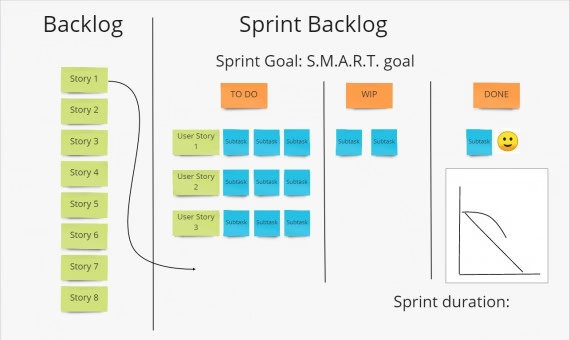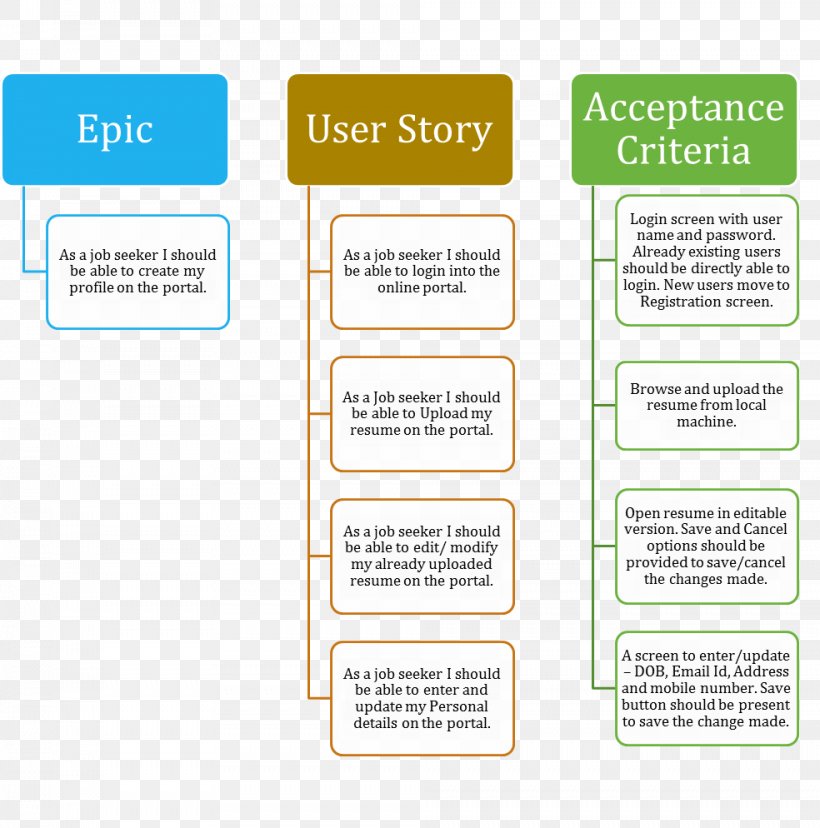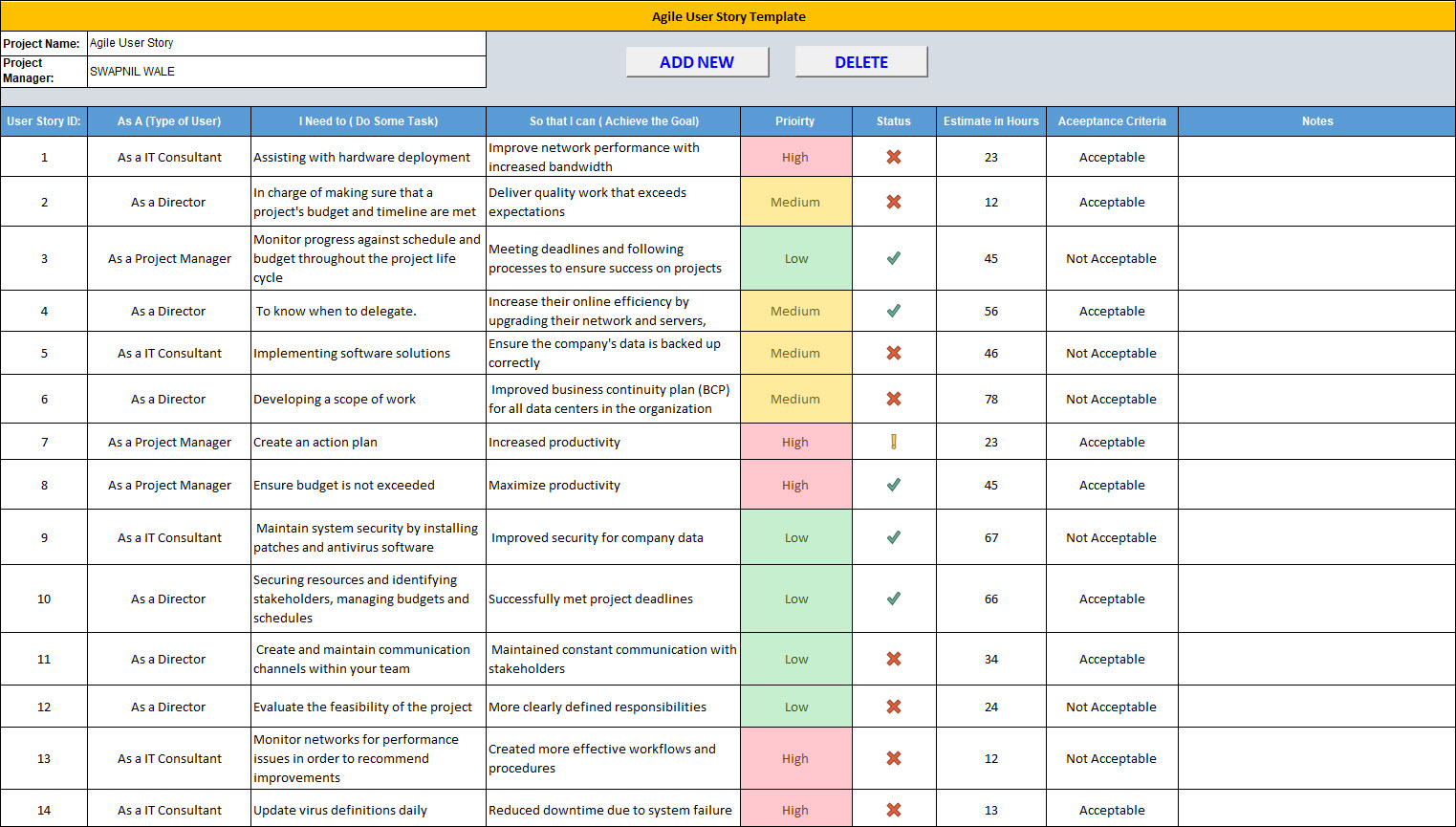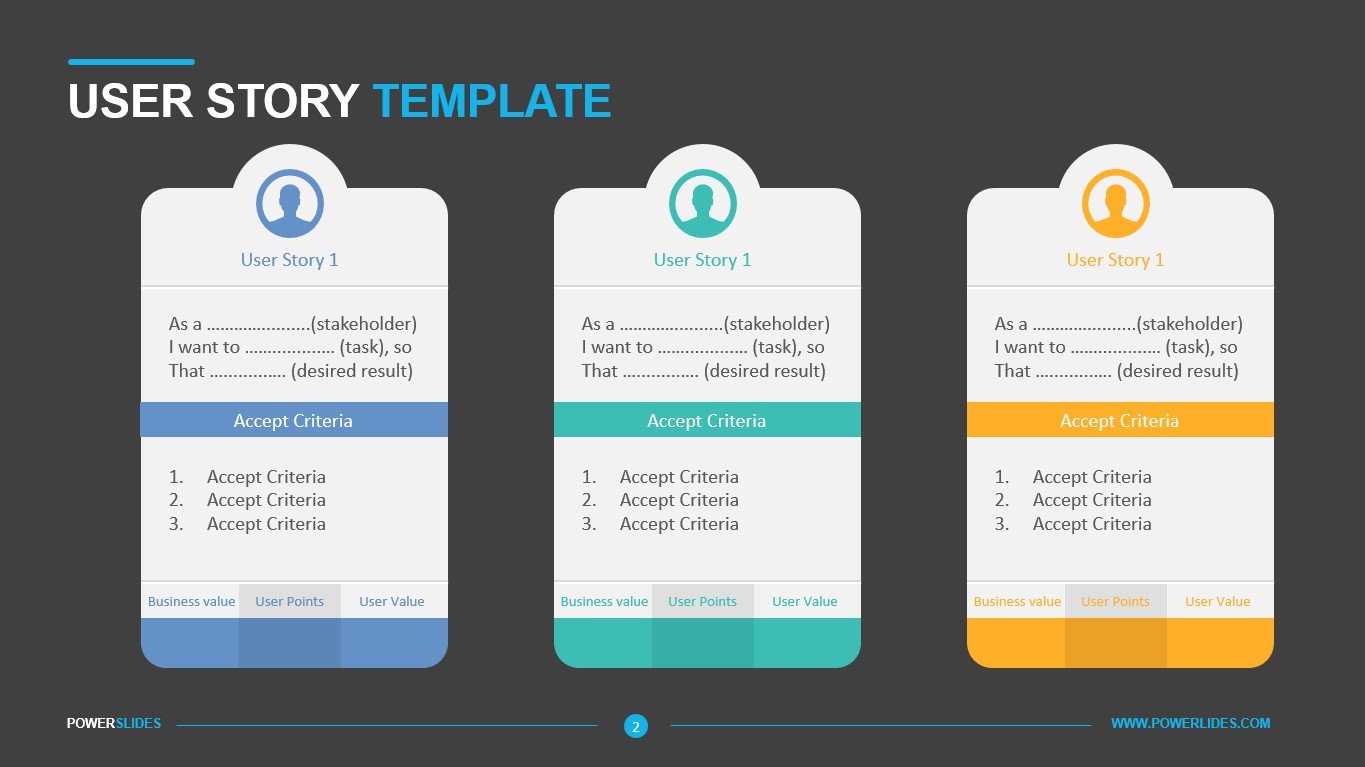What are Agile User Stories?
Agile user stories are a popular method for managing and organizing product development tasks in Agile methodologies. These short, simple descriptions capture the ‘who’, ‘what’, and ‘why’ of a product feature from the user’s perspective. By focusing on user needs, user stories promote collaboration, adaptability, and the delivery of value throughout the development process.
User stories are an essential component of Agile frameworks such as Scrum and Kanban. They facilitate effective communication between cross-functional teams, ensuring that every team member understands the user’s requirements and the expected outcome. By emphasizing user needs, Agile user stories help teams maintain a customer-centric approach, ultimately leading to the creation of products that better meet user expectations.
In addition to enhancing collaboration and adaptability, Agile user stories offer several benefits, including:
- Encouraging incremental development: User stories enable teams to break down complex features into smaller, manageable tasks, promoting iterative progress.
- Supporting flexibility: User stories allow for easy adjustments and modifications as project requirements change, ensuring that teams remain agile and responsive.
- Simplifying estimation and planning: User stories provide a standardized format for estimating task complexity and duration, streamlining the planning process.
- Promoting continuous improvement: User stories foster a culture of continuous learning and development, enabling teams to identify areas for improvement and refine their processes over time.
How to Write Agile User Stories: A Step-by-Step Approach
To create effective Agile user stories, follow a structured approach based on the INVEST criteria. INVEST is an acronym that stands for Independent, Negotiable, Valuable, Estimable, Small, and Testable. Each criterion plays a crucial role in ensuring that user stories are clear, concise, and valuable to both the development team and the end-users.
Independent
User stories should be independent, meaning they can be developed and tested in isolation without relying on other stories. This independence promotes flexibility and allows teams to reorder or reprioritize stories as needed without causing disruptions.
Negotiable
User stories should be negotiable, allowing for discussions and adjustments between the development team and the product owner. This negotiation ensures that user stories accurately reflect user needs and align with the project’s goals.
Valuable
User stories must deliver value to the end-users or the business. By focusing on value, teams can prioritize stories that have the most significant impact on the product and its users.
Estimable
User stories should be estimable, enabling teams to gauge the effort, time, and resources required to develop and test them. Estimates facilitate effective planning and help teams balance workloads and meet deadlines.
Small
User stories should be small, manageable tasks that can be completed within a single sprint. Smaller stories promote faster development cycles, reduce complexity, and allow teams to deliver value incrementally.
Testable
User stories must be testable, ensuring that teams can validate the stories’ successful completion and confirm that they meet user needs and requirements.
By adhering to the INVEST criteria, teams can write Agile user stories that foster collaboration, adaptability, and the delivery of value. A well-crafted user story helps teams maintain a customer-centric approach, ensuring that every feature and functionality aligns with user expectations and contributes to a high-quality product.
Sample Agile User Stories: Real-World Templates for Inspiration
To better understand how to craft effective Agile user stories, consider the following anonymized, real-world examples from various industries. These samples demonstrate how user stories can be tailored to specific scenarios while adhering to the INVEST criteria.
Software Development
User Story: As a user, I want to reset my password so that I can regain access to my account if I forget it.
Purpose: This user story ensures that users can recover their accounts without requiring assistance from the support team. It promotes user independence and reduces the burden on customer service resources.
Marketing
User Story: As a marketer, I want to segment our email list based on user preferences so that I can send targeted, relevant content to each group.
Purpose: This user story enables marketers to create personalized campaigns that cater to specific user interests, increasing engagement and conversion rates.
Design
User Story: As a designer, I want to ensure that our website is mobile-responsive so that users can access it from any device.
Purpose: This user story emphasizes the importance of providing a seamless user experience across various platforms, which can help improve user satisfaction and reduce bounce rates.
These Agile user story samples illustrate the versatility and applicability of user stories in different contexts. By studying these examples, teams can better understand how to create user stories that promote collaboration, adaptability, and the delivery of value.
Agile User Story Examples for Software Development
User stories play a crucial role in software development projects, enabling development teams to deliver high-quality products that meet user needs. The following examples demonstrate how user stories can be applied in various software development scenarios.
Implementing a New Feature
User Story: As a user, I want to filter search results by category so that I can find relevant content more easily.
Value: This user story enhances the user experience by making it easier for users to find what they’re looking for, which can lead to increased engagement and satisfaction.
Improving User Experience
User Story: As a user, I want the website to remember my preferences so that I don’t have to reconfigure them every time I visit.
Value: This user story improves the user experience by providing a more personalized and convenient browsing experience, which can help build user loyalty and reduce bounce rates.
Addressing a Usability Issue
User Story: As a user, I want the login form to provide clear error messages so that I can correct my input and successfully log in.
Value: This user story addresses a common usability issue, ensuring that users can easily understand and correct errors, which can lead to reduced frustration and increased trust in the product.
Optimizing Performance
User Story: As a developer, I want to optimize the database queries so that the application responds faster.
Value: This user story focuses on improving the application’s performance, which can lead to a better user experience, increased user satisfaction, and reduced server costs.
These Agile user story examples for software development illustrate how user stories can be used to address various aspects of the software development lifecycle, from implementing new features to optimizing performance. By focusing on user needs and value, development teams can ensure that they are delivering high-quality products that meet and exceed user expectations.
Agile User Story Examples for Marketing and Design
User stories are not limited to software development projects; they can also be valuable tools for marketing and design initiatives. By focusing on user needs and objectives, Agile user stories can help marketing and design teams collaborate more effectively and deliver high-value outcomes.
Marketing: Targeted Email Campaign
User Story: As a marketer, I want to create a targeted email campaign for users who have abandoned their shopping carts so that I can recover potential lost sales.
Value: This user story enables the marketing team to address a specific pain point in the customer journey, potentially increasing conversion rates and revenue.
Marketing: Social Media Engagement
User Story: As a social media manager, I want to analyze user engagement data to identify the most effective posting times so that I can optimize our content strategy.
Value: This user story allows the social media team to make data-driven decisions, potentially increasing reach, engagement, and brand awareness.
Design: User Interface Improvement
User Story: As a designer, I want to improve the navigation menu’s layout so that users can find the information they need more quickly and easily.
Value: This user story focuses on enhancing the user experience, which can lead to increased user satisfaction, engagement, and loyalty.
Design: Accessibility
User Story: As a designer, I want to ensure that our website meets WCAG 2.1 AA accessibility guidelines so that users with disabilities can access and interact with our content.
Value: This user story emphasizes the importance of inclusivity and ensures that the design team is creating products that are accessible to the widest possible audience.
These Agile user story examples for marketing and design initiatives demonstrate how user stories can help marketing and design teams collaborate, prioritize tasks, and deliver high-value outcomes. By focusing on user needs and objectives, cross-functional Agile teams can work together more effectively to achieve their goals and deliver exceptional results.
Maximizing Agile User Stories: Best Practices and Tips
To maximize the potential of Agile user stories, it’s essential to follow best practices and incorporate tips that promote collaboration, refine user stories, and integrate them into Agile ceremonies.
Refining User Stories
Collaborate with the development team, stakeholders, and users to refine user stories. This process includes:
- Breaking down complex user stories into smaller, manageable tasks.
- Clarifying ambiguous or unclear language.
- Prioritizing user stories based on value and complexity.
- Ensuring that user stories align with the INVEST criteria.
Fostering Collaboration
Encourage collaboration between team members, stakeholders, and users by:
- Organizing workshops or meetings to discuss user stories and gather feedback.
- Promoting open communication and active listening.
- Involving stakeholders and users in the development process.
- Encouraging cross-functional teamwork, especially in cross-disciplinary Agile teams.
Integrating User Stories into Agile Ceremonies
User stories should be an integral part of Agile ceremonies, such as:
- Sprint Planning: Review user stories and ensure that they are well-defined, prioritized, and aligned with sprint goals.
- Daily Stand-ups: Discuss user stories and any challenges or blockers that team members may encounter.
- Sprint Reviews: Demonstrate completed user stories and gather feedback from stakeholders and users.
- Sprint Retrospectives: Reflect on the development process, identify areas for improvement, and discuss strategies for refining user stories in future sprints.
By following these best practices and tips, teams can get the most out of Agile user stories, fostering collaboration, adaptability, and delivering value throughout the product development lifecycle.
Pitfalls to Avoid in Agile User Stories
Clear communication, realistic expectations, and continuous improvement are crucial to the success of Agile user stories. To ensure that user stories deliver value, facilitate collaboration, and promote adaptability, it’s essential to avoid common pitfalls. Here are some pitfalls to avoid and guidance on how to navigate around them:
Lack of Clarity
Ensure that user stories are clear, concise, and easy to understand. Avoid ambiguous language, unclear objectives, or assumptions about user needs. To prevent this pitfall:
- Collaborate with stakeholders, users, and the development team to refine user stories.
- Use plain language and avoid jargon or technical terms that may confuse team members.
- Validate user stories with users and stakeholders to ensure that they accurately reflect user needs and expectations.
Overcomplicated User Stories
Break down complex user stories into smaller, manageable tasks. Overcomplicated user stories can lead to confusion, miscommunication, and difficulty in estimation and testing. To avoid this pitfall:
- Follow the INVEST criteria and ensure that user stories are small and testable.
- Prioritize user stories based on value and complexity.
- Encourage the development team to provide feedback on user stories and adjust them accordingly.
Unrealistic Expectations
Set realistic expectations for user stories by considering the development team’s capacity, available resources, and potential challenges. To prevent unrealistic expectations:
- Involve the development team in the estimation process.
- Consider historical data and past performance when estimating user stories.
- Regularly review and adjust the product backlog to ensure that it remains realistic and achievable.
Inadequate Testing
Ensure that user stories are testable and that testing is an integral part of the development process. Inadequate testing can lead to defects, poor user experience, and reduced trust in the product. To avoid inadequate testing:
- Include testing as a key criterion in the INVEST framework.
- Collaborate with the development team to define test cases and acceptance criteria for each user story.
- Incorporate testing into Agile ceremonies, such as sprint planning, daily stand-ups, and sprint reviews.
By avoiding these common pitfalls, teams can ensure that Agile user stories deliver value, facilitate collaboration, and promote adaptability throughout the product development lifecycle.
Measuring the Success of Agile User Stories
Measuring the success of Agile user stories is essential for ensuring that they deliver value, facilitate collaboration, and promote adaptability throughout the product development lifecycle. By tracking key performance indicators (KPIs) and metrics, teams can identify areas for improvement and continuously refine their Agile user stories. Here are some KPIs and metrics to consider:
Delivered Value
Track the number of user stories that are:
- Completed within the sprint.
- Delivered to users or stakeholders.
- Directly contributing to the product’s value proposition.
Collaboration
Monitor collaboration by:
- Measuring the number of cross-functional team meetings and workshops.
- Tracking the involvement of stakeholders and users in the development process.
- Evaluating the quality and clarity of user stories and associated documentation.
Adaptability
Assess adaptability by:
- Monitoring the frequency and effectiveness of product backlog refinements.
- Measuring the time it takes to respond to changing requirements or user feedback.
- Evaluating the team’s ability to adjust user stories during sprints when necessary.
Time and Cost
Track time and cost metrics, such as:
- Estimation accuracy for user stories.
- Actual time spent on user stories compared to initial estimates.
- Cost of development per user story.
By measuring these KPIs and metrics, teams can identify trends, assess the effectiveness of their Agile user stories, and make data-driven decisions to improve their development processes. Continuous monitoring and evaluation will help ensure that Agile user stories contribute to delivering high-quality products, fostering collaboration, and promoting adaptability in product development.







